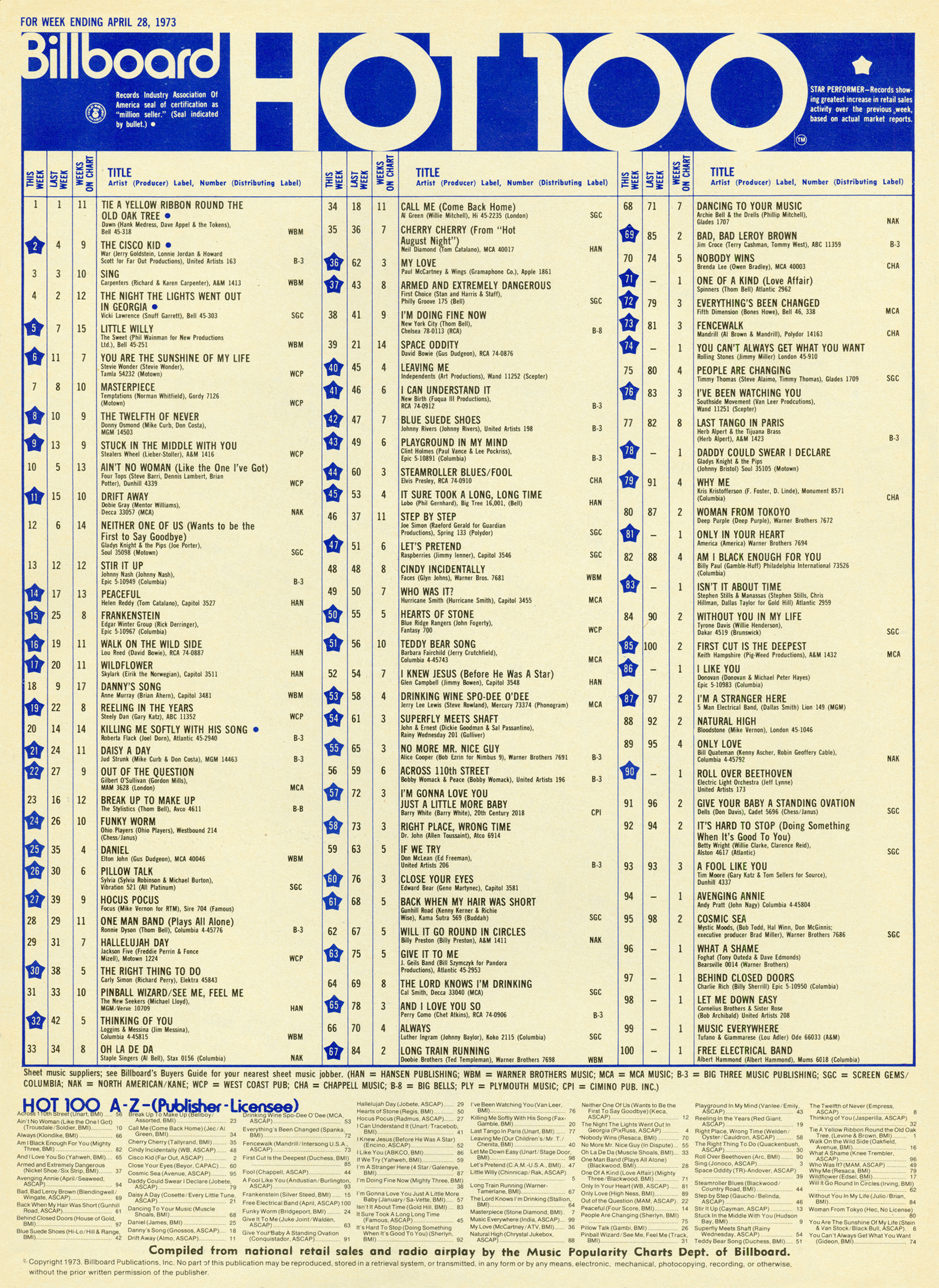For over seven decades, the Billboard charts have been the ultimate barometer of musical success, shaping the industry’s landscape and immortalizing the most iconic hits of each era. Founded in 1940 by William H. Donaldson and James H. Billings as a platform to track the popularity of songs played on jukeboxes, the Billboard charts have evolved into a comprehensive reflection of music consumption across various mediums.
Initially, Billboard only published a single chart, the “National List of Best-Selling Retail Records,” based on retail sales. However, as the music industry expanded, so did the need for more nuanced metrics. In 1958, Billboard introduced the Hot 100 chart, combining sales, radio play, and jukebox data to provide a more comprehensive snapshot of a song’s popularity.
Throughout the years, the Billboard charts have witnessed numerous milestones and transformations. From the dominance of rock ‘n’ roll in the 1950s to the rise of hip-hop in the 1980s and the digital revolution of the 21st century, each era has left its mark on the charts.
The 1960s marked a period of immense change, with The Beatles spearheading the British Invasion and dominating the charts with an unprecedented string of hits. Their influence not only reshaped popular music but also solidified the global impact of the Billboard charts.
The 1980s saw the emergence of MTV, revolutionizing how music was consumed and propelling artists like Michael Jackson and Madonna to superstardom. Billboard adapted to these changes by incorporating airplay data into its charts, reflecting the growing influence of music videos on audience preferences.
The 21st century brought about the digital age, with the advent of online streaming services fundamentally altering how listeners access music. Billboard once again adapted, incorporating streaming data into its methodology to accurately reflect the shifting trends in music consumption.
Non-English speaking countries
One of the most significant developments in recent years has been the globalization of music, with artists from non-English speaking countries achieving unprecedented success on the Billboard charts. Acts like BTS from South Korea and Luis Fonsi from Puerto Rico have not only topped the charts but also shattered cultural barriers, demonstrating the universal appeal of music.
In addition to showcasing the biggest hits of each era, the Billboard charts have also served as a platform for innovation and discovery. Emerging artists have leveraged their chart success to catapult their careers, while established acts have used the charts to reinvent themselves and stay relevant in an ever-changing industry.
Furthermore, the Billboard charts have become a cultural touchstone, influencing everything from advertising campaigns to award nominations. A song’s performance on the charts can often dictate its trajectory in the music industry, making it a coveted achievement for artists and record labels alike.
Tracking jukebox
In conclusion, the history of the Billboard charts is a testament to the ever-evolving nature of the music industry. From its humble beginnings tracking jukebox plays to its current status as a global barometer of musical success, the Billboard charts have remained at the forefront of music culture for over seven decades. As the industry continues to evolve, one thing remains certain: the Billboard charts will continue to be the gold standard for measuring musical popularity for years to come.
